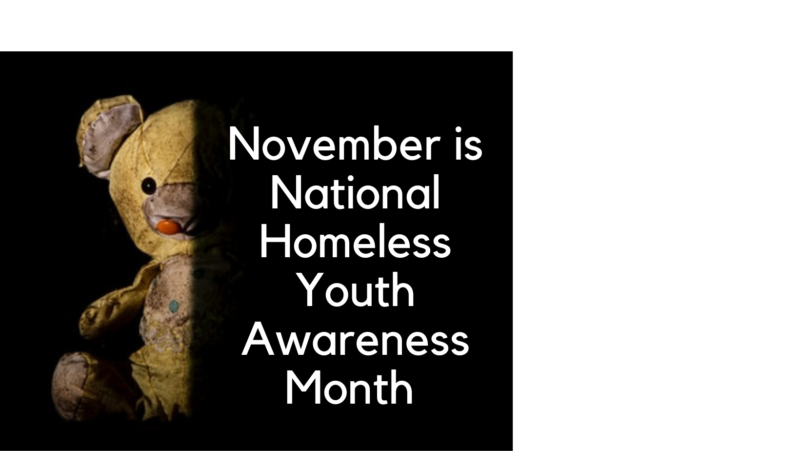
Since 2007, the National Child Traumatic Stress Network (NCTSN) has designated November as National Homeless Youth Awareness Month (NHYAM) to acknowledge the children and families experiencing homelessness.
As of January 2020, Hawaii had an estimated 6,458 people experiencing homelessness on any given day, as reported by the Continuums of Care to the U.S. Department of Housing and Urban Development (HUD). Of those, 299 were unaccompanied young adults between the ages of 18 and 24.
According to public school data reported to the U.S. Department of Education during the 2018-2019 school year, an estimated 3,604 public school students experienced homelessness over the year. Of those, 297 were unsheltered, 777 were in shelters, 19 were in hotels or motels, and 2,510 were doubled up.
Hale Kipa’s local efforts to serve homeless youth have become increasingly challenging in the past year and a half, according to Hale Kipa Program Coordinator Alika Campbell. Park closures and increased enforcement measures mean these at-risk young people are moving around more frequently so the organization has a tougher time keeping in touch with individuals. To remedy this problem, Hale Kipa’s staff is increasing its outreach to other parts of Oahu so it can continue to provide services to this in-need population.
As many as 2.5 million youths per year in the United States experience homelessness. Along with losing their home, community, friends, and routines as well as their sense of stability and safety, many homeless youths are also victims of trauma, and trying to survive on the streets exposes them to countless additional dangers.
Homeless youth have an increased likelihood of substance abuse, early parenthood, impulsivity, depression, posttraumatic stress disorder, and a vulnerability to being trafficked.
As part of NHYAM, NCTSN compiled a list of helpful resources for parents and caregivers, children and teens, mental health providers, child welfare workers, juvenile justice professionals, and policymakers. To access the resources, go to: https://www.nctsn.org/resources/public-awareness/national-homeless-youth-awareness-month.
Congress created NCTSN in 2000 as part of the Children’s Health Act to raise the standard of care and increase access to services for children and families who experience or witness traumatic events. It is comprised of frontline providers, family members, researchers, and national partners is committed to changing the course of children’s lives by improving their care and moving scientific gains quickly into practice across the U.S.



